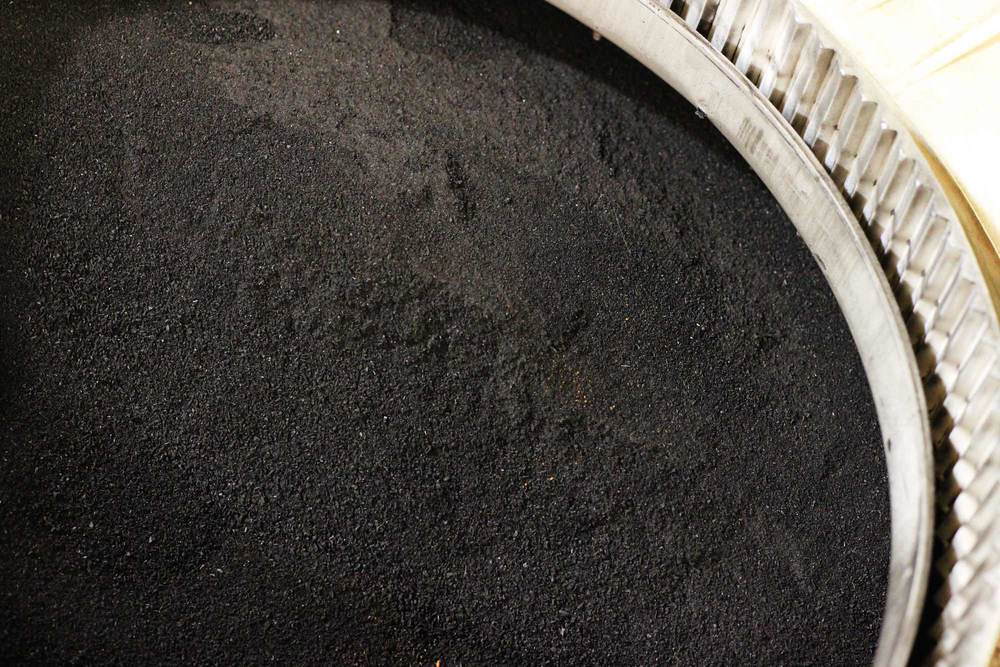All countries, to some extent, include Rice in their diet. Rice is an integral crop in many countries, Asian countries in particular. India, consumes a fairly large proportion of rice every year. The rice, when being prepared by the farmers for the markets gets put through a process called ‘threshing’. During this, the ‘husk’ or the outer covering of each individual grain gets separated from rice. This is burned later and is what’s known to us as Rice Husk Ash. Many farmers around the world used to burn this up considering it as a waste product. Furthermore, all modes of disposing it are harmful for the environment, since they pose risks and pollute. That is, until people discovered how useful they could be much later.
Rice husk is particularly useful since people can use it for certain purposes. People can burn rice husks as fuel for boilers or even generating electricity. Burning it for useful purposes like these gives them Rice hull ash. Many analysts and scientists studied the properties of this ash before concluding that it could have some useful applications in the industry, in some real-time machine activities, and more. These uses certainly changed the way Rice husk ash is seen as and used by people these days, and continues to do so for the future.

Here are some Significant Uses of Rice Hull Ash in today’s Industries and their Development:
- For starters, most industrialists have to buy Silica from international markets and those which are available in the country through imports. Silica fume and Micro silica are two main kinds of it which are bought from the market for high, unreasonable prices because of high demand. However, people can now directly buy Rice husk ash instead, which is rich in amorphous silica. This way, those industrialists can remain efficient in their work without foregoing quality.
- Since hull ash is easily manipulated, people can easily use it for other purposes. For instance, it can be used by people as a thermobaric insulator. Basically, it can be used to insulate anything that requires to be sealed from letting heat escape. Furthermore, it can be made porous when used to make surfaces, spongy making it absorbent of water, oil spills, etc. Rice husk ash can also be made to be resistant to water or fire.
- Furthermore, Rice hull ash is inherently pozzolanic in nature. This means that the silica extracted from the ashes work well with cement and concrete because of how reactive it is. People can use it to make bridges, warehouses, and other structures that require a good mix or cement. The properties of the mix can also be manipulated to suit the requirements of the surroundings, to be made resistant to heat, water, oil and more.
- The ash people obtain from burning rice husks can be used as a suitable binder in a vat of cement. Cement usually requires after-market binders which are artificial and expensive. Using rice husk ash would make the construction cement much cheaper to mix and bind. This would be quite efficient since the quality of the cement won’t get disturbed; only the amount one spends on artificial binders.
Therefore, all the industrialists and even startups can easily see how significant and beneficial the features of something as simple as this husk ash are. There are a vast number of factory processes and works that it can be used for without compromising on quality as some of the other substitute materials used. It is because of these uses that everyone can safely conclude that it’s quite an important part of today’s industry and future requirements.




